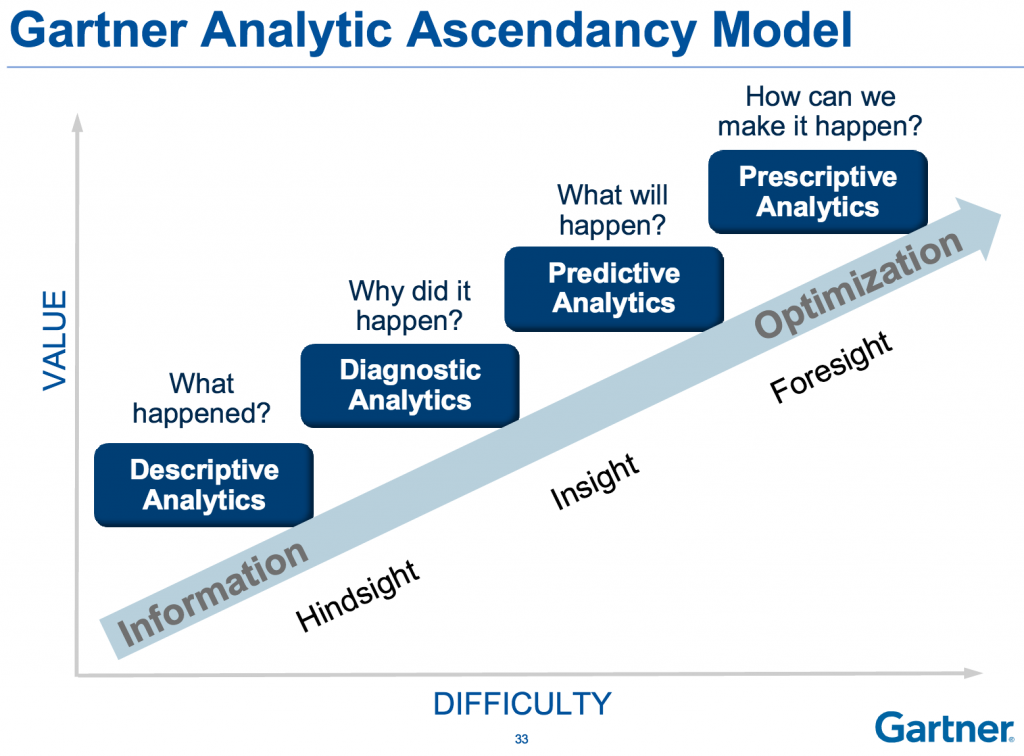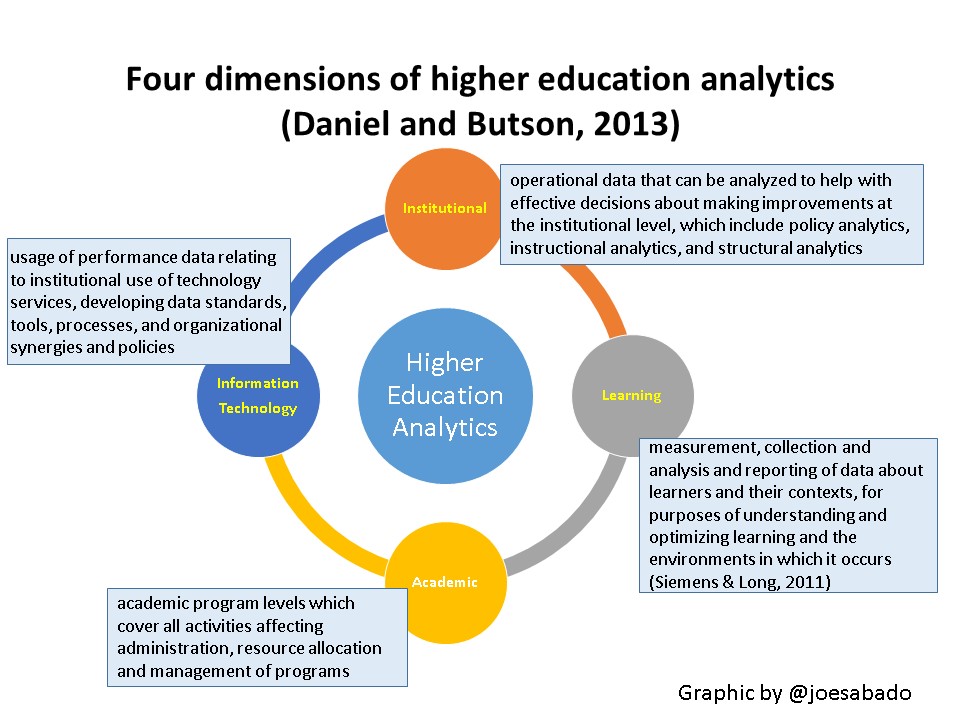One of the necessary yet overlooked steps to the success of initiatives involving folks from across campus is developing shared/common language to minimize misunderstandings and provide clarity. When he came on board two years ago, one of the first campus-wide projects sponsored by the new CIO Matt Hall at UC Santa Barbara was a series of day-long sessions for the 400 IT community members. These “IT Foundations” sessions aim to establish a shared vocabulary and understanding of the campus governance structure, IT infrastructure, and general IT direction. Based on feedback, participants found the experience and the information valuable to their knowledge of the current campus IT layout and the vision of the CIO.
As the campus adopts big data and analytics, I once again realize the importance of developing a shared language for initiatives related to these technologies to move forward. The most significant barriers to adoption have not been technical but rather the need for understanding of the applications of these technologies, especially as they involve ethics, privacy, and potentially unintended negative consequences. For instance, predictive analytics (using algorithms) for academic advising may lead to specific student populations (first-gens, etc.) or students who fit certain parameters being inappropriately excluded from certain programs or opportunities. These concerns about using predictive analytics are valid and should be carefully considered. However, it’s crucial to note that adopting big data and analytics for other campus functions should not be stopped, given that the specific concerns related to predictive analytics may not apply. For this reason, it’s essential for campus administrators, technologists, and other folks involved to have a common understanding of big data and analytics as related to higher education, while also being aware of the potential risks.
Ben Kei Daniel introduced a framework to understand big data and analytics in higher education in the book “Big Data and Learning Analytics in Higher Education: Current Theory and Practice. “The framework by Daniel and Butson (2013) classifies the different analytics and their uses in higher education. I translated their descriptions into the graphic below.
In addition, Daniel and Butson (2013) also classified the scope of analytics as shown below.
 Gartner also developed the analytics ascendancy model below to highlight the different types of analytics concerning their values and difficulty.
Gartner also developed the analytics ascendancy model below to highlight the different types of analytics concerning their values and difficulty.
 credit: http://dataanalyticsandvisualization.com/negocios/modelo-analitico-ascendente/
credit: http://dataanalyticsandvisualization.com/negocios/modelo-analitico-ascendente/
The frameworks introduced above should be good starting points in campus conversations as they provide shared language and understanding of big data and analytics for actions that benefit students and institutions in general.
Can you recommend other approaches to introducing big data and analytics in higher education? Can you share applications of these technologies in higher education beyond marketing/communication (web analytics) and instructions inside the classroom?
